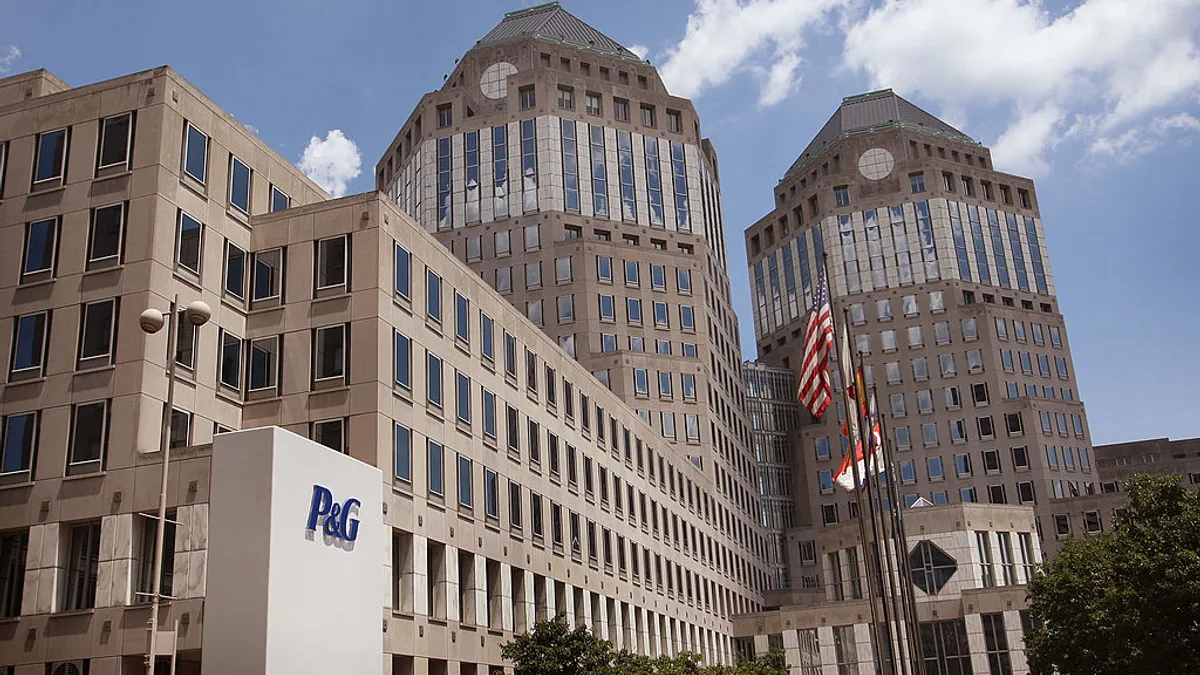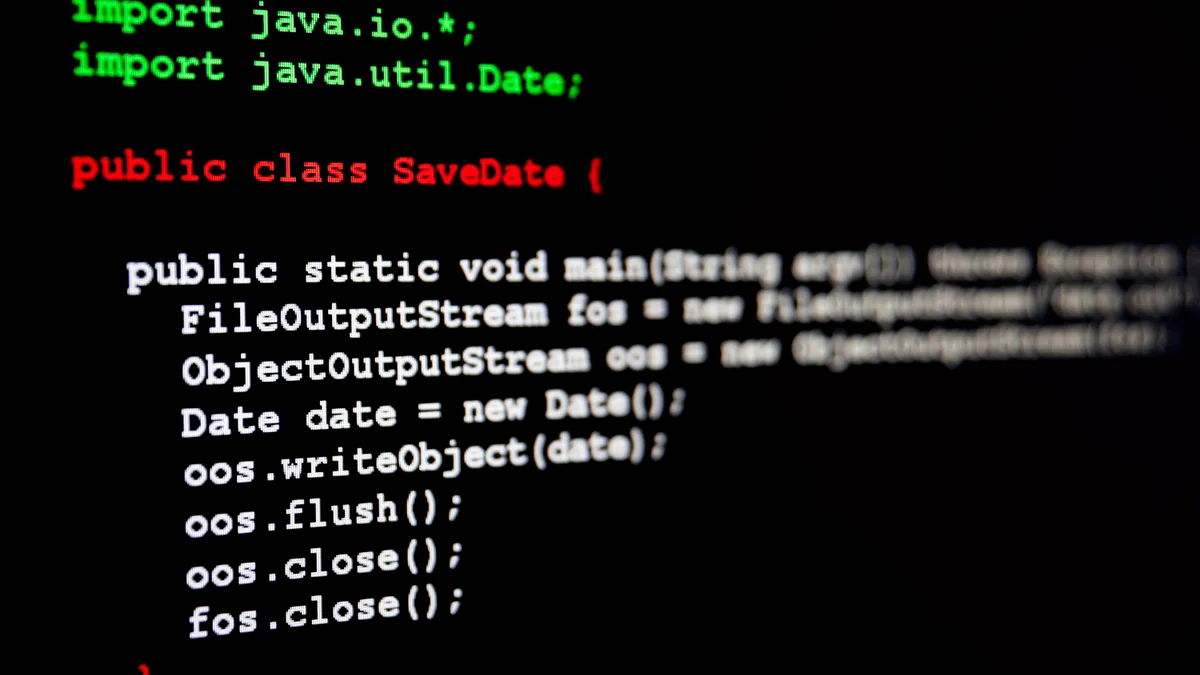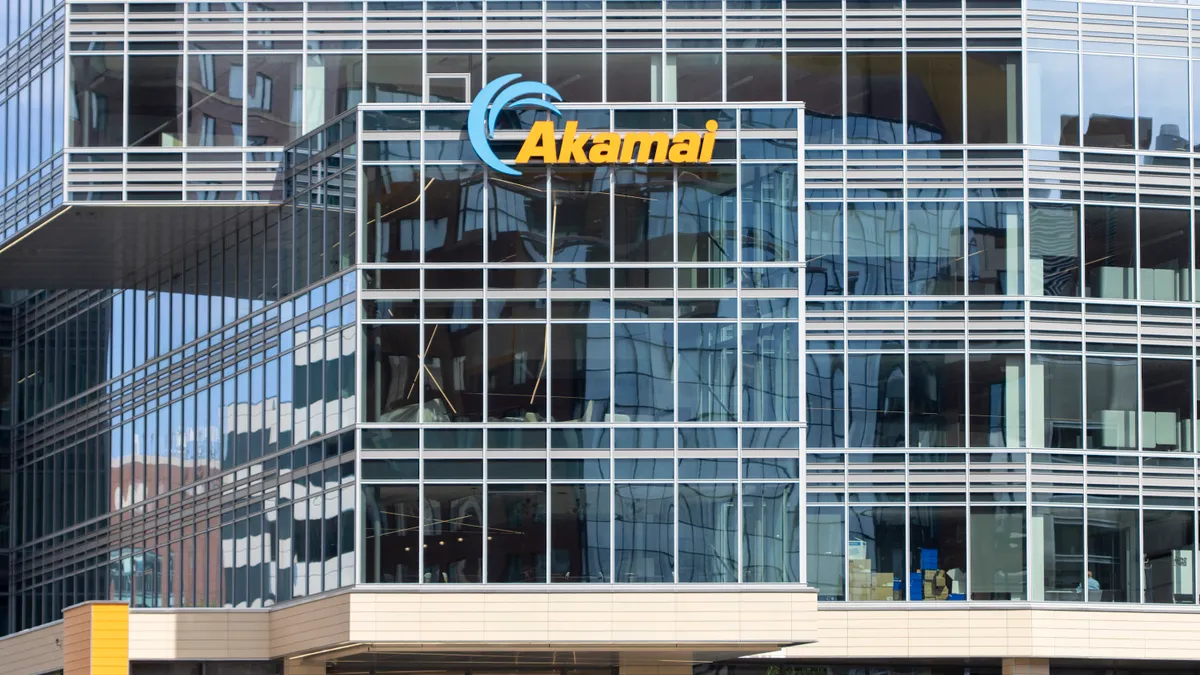ORLANDO, Fla. — Procter & Gamble has rolled out an internal generative AI tool with capabilities similar to off-the-shelf models, only with stronger intellectual property safeguards, according to CIO Vittorio Cretella.
The tool, called chatPG, was first introduced in beta mode in February, Cretella told CIO Dive in a Tuesday interview. The company officially launched the internal tool in September.
“We are more than experimenting,” Cretella said. “We have more than 35 use cases where that model is being complemented with internal data.”
P&G has a rich history related to AI. The company had already introduced a bot based on a foundational model in the summer of 2022, according to Cretella, which assisted cloud engineers.
That investment let the company experiment and pilot different generative AI tools as other companies began jumping on the trend post-ChatGPT’s debut.
The model itself was built using OpenAI’s API. The company wanted to ensure information from prompts wasn’t training other models or available to the public, so the company added safeguards.
“AI capabilities, ML capabilities have been part of business strategies for at least the last few years,” Cretella said. “Generative AI is seen as another flavor of great opportunity.”
Previous use cases involving AI and machine learning were quite narrow, according to Cretella, but, with generative AI, the number of workers that can benefit has exponentially increased. From onboarding to supporting operators at call centers, the company’s goal is to increase productivity and provide a better experience for employees and customers.
Similar to other companies that have waded into generative AI adoption, P&G wanted to educate employees on appropriate use cases. The company provided a mandatory 10-minute training session on the subject and, following completion, workers were then required to sign an acceptable use policy.
“What we emphasize is that regardless of how powerful the generative AI model is, the accountability and the outcomes or the content remains with the employee, which is paramount,” Cretella said. “It’s always very important that the employee reviews any content or draft that is produced by generative AI.”
P&G's 'AI factory'
Cretella sees his role and other IT leaders' roles as connecting the dots between the capabilities of AI and what it means for the business.
“The reality is that AI will not replace humans provided we do what’s needed to facilitate the chemistry between humans’ skills and machines’ capabilities,” Cretella said Tuesday, speaking during a session at Gartner’s IT Symposium/Xpo in Orlando, Florida.
The company has what Cretella describes as an AI factory that is used across 80% of the global business and results in 10-times faster deployment of the solution.
“It’s our platform to simplify the process of developing machine learning models and to scale them across the company,” Cretella said during the session.
The consumer goods company leverages the factory structure to test different versions of models, allowing the company to more easily adjust models to different regional requirements.
“You may ask yourself, ‘Okay, I’m not P&G, my leadership is not going to invest a large amount of money to create an AI factory,” Cretella said. “My recommendation is, number one, identify what are the pain points in your machine learning and development process and automate.”















